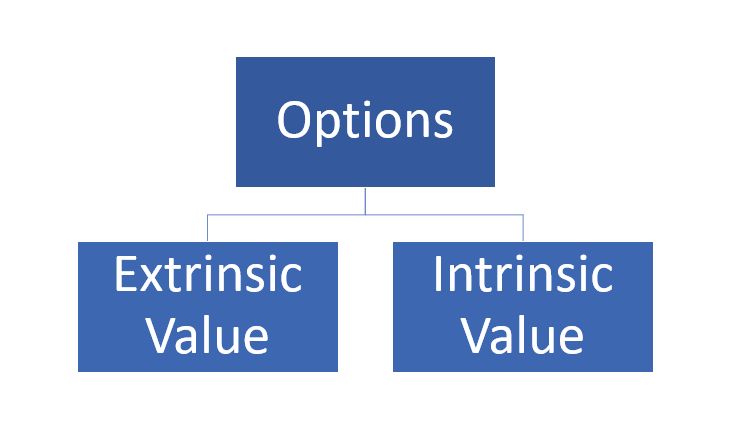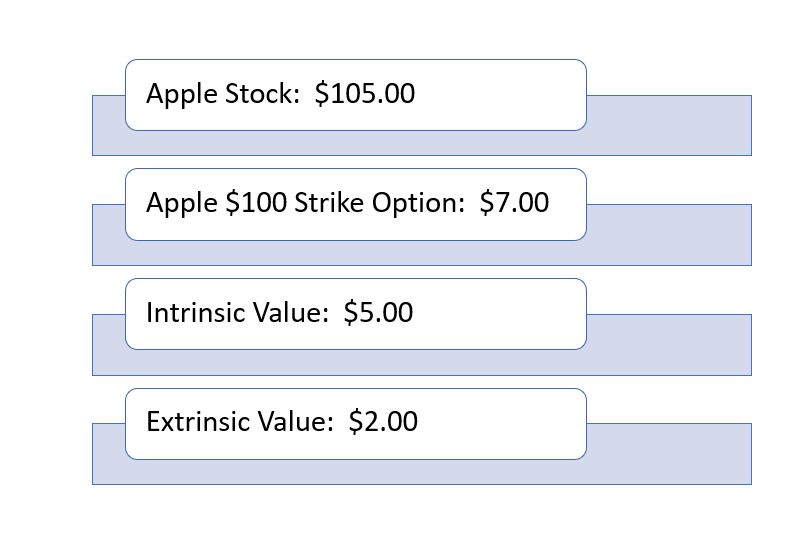Intrinsic Value of Options: Definition and How to Calculate
Stock Market Guides is not a financial advisor. Our content is strictly educational and should not be considered financial advice.
If you're trying to understand what the intrinsic value of options is referring to, then you are not alone.
Many people consider options to be one of the most complex investment vehicles available in the stock market, and for good reason since there are many factors that influence their valuations.
Intrinsic Value Is One Component of an Option's Value
For any given option that is available in the stock market, it's value is made up of exactly two components: intrinsic value and extrinsic value.
Here is an equation to show their relationship:
This means that intrinsic value is a core factor in determining any given option's price.
Stock Market Guides

Stock Market Guides identifies option trading opportunities that have a historical track record of profitability in backtests.
Average Annualized Return
150.4%
Intrinsic Value Definition
The meaning of intrinsic value is as follows:
This video about intrinsic value might help improve your understanding:
Intrinsic Value Equation
The intrinsic value for call options is calculated as follows:
The intrinsic value for put options is calculated as follows:
As an Excel formula, the intrinsic value of a call option would be this:
As an Excel formula, the intrinsic value of a put option would be this:
Intrinsic Value Example
Imagine that you're looking at Apple and considering buying a call option for it.
Imagine Apple stock is selling for $105, and that you are looking at a 100 strike call option for Apple. It doesn't matter which expiration you're considering when it comes to calculating the intrinsic value of an option.
In this case, to get the intrinsic value, we simply take the stock price of $105 and subtract the strike price of $100.
That leaves us with an intrinsic value of $5.
That means if the stock price was $105 at the time of expiration, the value of the option would be $5. At expiration, the only value of the option is its intrinsic value.
Using that same example, if the strike price of the option were $110, then the intrinsic value would be zero since the strike price is higher than the stock price.
When an option has a positive intrinsic value, it is said to be in the money. When is has no intrinsic value, it can be either at the money or out of the money.
Learning More About Intrinsic Value and Options
If you need more help getting up to speed on options and how intrinsic value works, take a look at our guide to options trading for beginners.
Our option trading scanner service finds live trade setups that have a backtested edge. It includes options that have intrinsic value. You can review the scan results to research option trading opportunities.
If you'd rather leave it to the pros but still want good option investment ideas, you can consider signing up for our options alert service.
You can contact us any time if you would like to ask any questions about intrinsic value or about options in general.
Join Our Free Email List
Get emails from us about ways to potentially make money in the stock market.

